Bringing a pet into your life can be an incredibly rewarding experience, but it also comes with significant responsibilities. Are you ready to embark on this exciting journey of pet ownership? Whether you’re considering a furry friend, a feathered companion, or a scaly sidekick, understanding the basics of pet care is crucial for both your new pet’s well-being and your peace of mind.
From choosing the perfect pet to creating a safe home environment, there’s a lot to learn when it comes to being a responsible pet owner. But don’t worry – with the right knowledge and preparation, you’ll be well-equipped to provide a loving home for your new companion. This beginner’s guide will walk you through the essential aspects of pet care, ensuring you’re ready to tackle the challenges and joys that come with having a pet.
Let’s dive in and discover how to become the best pet parent you can be!
Choosing the Right Pet
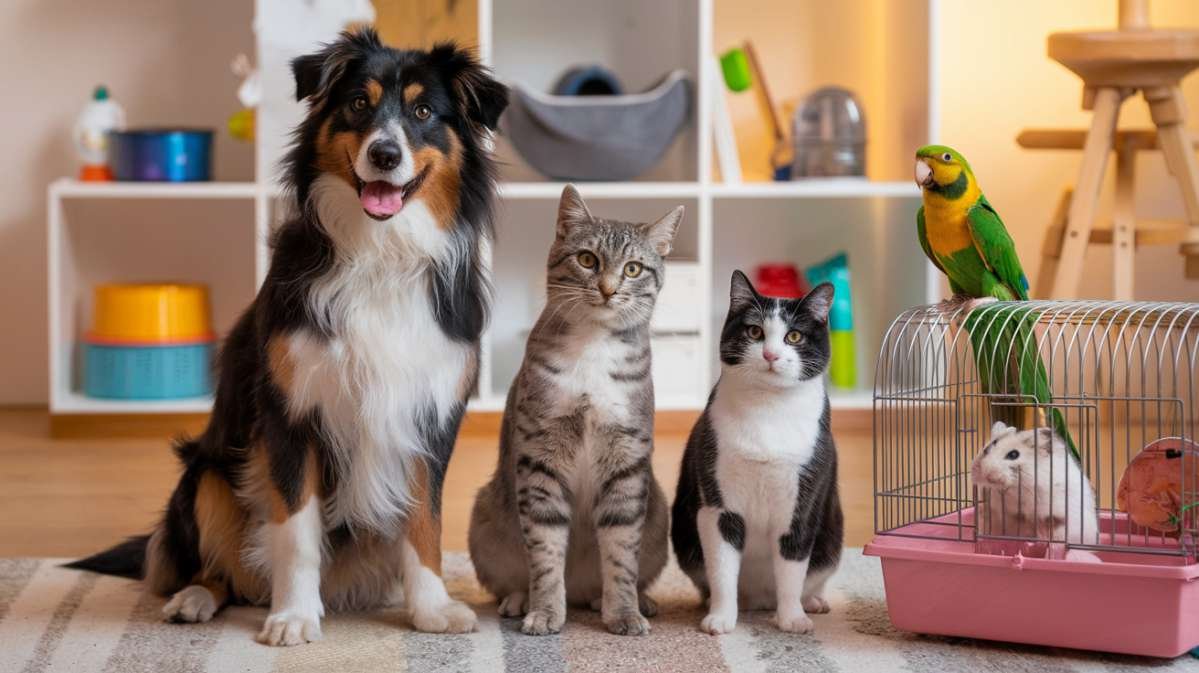
A. Assessing your lifestyle and living space
Before bringing a pet into your home, it’s crucial to evaluate your lifestyle and living space. Consider factors such as:
- Available time for pet care
- Work schedule and travel frequency
- Living space size and type (apartment, house, yard)
- Local pet regulations and restrictions
Here’s a quick comparison of different pets based on lifestyle factors:
| Pet Type | Time Commitment | Space Needs | Exercise Requirements |
|---|---|---|---|
| Dog | High | Medium-High | High |
| Cat | Medium | Low-Medium | Medium |
| Fish | Low | Low | N/A |
| Hamster | Low-Medium | Low | Medium |
B. Understanding different pet personalities
Each pet species and breed has unique personality traits. Research various options to find a pet that aligns with your preferences:
- Dogs: Loyal, active, require regular exercise and training
- Cats: Independent, low-maintenance, suitable for busy lifestyles
- Birds: Social, intelligent, need mental stimulation
- Small mammals: Low-maintenance, ideal for smaller spaces
C. Considering age: puppy/kitten vs adult
The age of your potential pet significantly impacts the care required:
-
Puppies/Kittens:
- Require more time and energy
- Need training and socialization
- Higher initial costs (vaccinations, spaying/neutering)
-
Adult pets:
- Often calmer and already trained
- May have established personalities
- Lower initial healthcare costs
D. Factoring in costs of pet ownership
Understanding the financial commitment is crucial when choosing a pet. Consider these ongoing expenses:
- Food and treats
- Veterinary care and medications
- Grooming supplies
- Toys and enrichment items
- Pet insurance (optional but recommended)
Now that you’ve assessed these factors, you’ll be better equipped to choose the right pet for your lifestyle and circumstances. Next, we’ll explore the essential supplies you’ll need for your new companion.
Essential Supplies for Your New Pet

Setting up a comfortable living area
Creating a cozy and safe living space for your new pet is crucial. For small animals, consider a spacious cage or aquarium with proper ventilation. For larger pets, designate a specific area in your home. Ensure the space includes:
- Comfortable bedding or pet bed
- Appropriate flooring (non-slip for dogs, litter box for cats)
- Temperature control (heat lamps for reptiles, draft-free areas for small mammals)
Selecting appropriate food and water bowls
Choose bowls that are:
| Feature | Importance |
|---|---|
| Size-appropriate | Prevents overfeeding and spills |
| Easy to clean | Maintains hygiene |
| Non-tip design | Reduces mess and frustration |
| Durable material | Withstands daily use |
Choosing toys and enrichment items
Provide a variety of toys to keep your pet mentally stimulated and physically active:
- Interactive toys (puzzle feeders, chew toys)
- Exercise equipment (wheels for hamsters, scratching posts for cats)
- Comfort items (plush toys, hiding spots)
Grooming tools and hygiene products
Essential grooming supplies vary by pet type but may include:
- Brushes and combs
- Pet-safe shampoo and conditioner
- Nail clippers or file
- Toothbrush and pet toothpaste
Safety equipment: collars, leashes, and carriers
Ensure your pet’s safety with:
- Properly fitted collar with ID tag
- Sturdy leash for walks
- Secure carrier for transportation
Remember to choose equipment appropriate for your pet’s size and species. With these essential supplies, you’ll be well-prepared to provide a safe and comfortable environment for your new companion. Next, we’ll explore the crucial aspect of feeding your pet properly to ensure their optimal health and well-being.
Feeding Your Pet Properly
A. Selecting high-quality, age-appropriate food
Choosing the right food for your pet is crucial for their health and well-being. Look for high-quality, age-appropriate options that meet your pet’s nutritional needs. Consider factors such as:
- Species-specific formulations
- Life stage (puppy/kitten, adult, senior)
- Special dietary requirements
Here’s a comparison of different pet food types:
| Food Type | Pros | Cons |
|---|---|---|
| Dry kibble | Convenient, cost-effective | Less moisture content |
| Wet food | Higher moisture, palatable | More expensive, shorter shelf life |
| Raw diet | Natural, high protein | Requires careful handling, potentially expensive |
B. Establishing a feeding schedule
Consistency is key when it comes to feeding your pet. Establish a regular feeding schedule to:
- Regulate digestion
- Prevent overeating
- Maintain a healthy weight
- Aid in house training
C. Understanding portion control
Proper portion control is essential to prevent obesity and related health issues. Factors to consider include:
- Pet’s size and weight
- Activity level
- Age and metabolism
Always follow the feeding guidelines on the pet food packaging, adjusting as needed based on your pet’s individual needs and your veterinarian’s recommendations.
D. Providing fresh water at all times
Ensuring your pet has constant access to clean, fresh water is vital for their health. Regular water intake helps with:
- Hydration
- Digestion
- Temperature regulation
- Waste elimination
Clean and refill water bowls daily, and consider using a pet fountain to encourage drinking.
Health and Veterinary Care
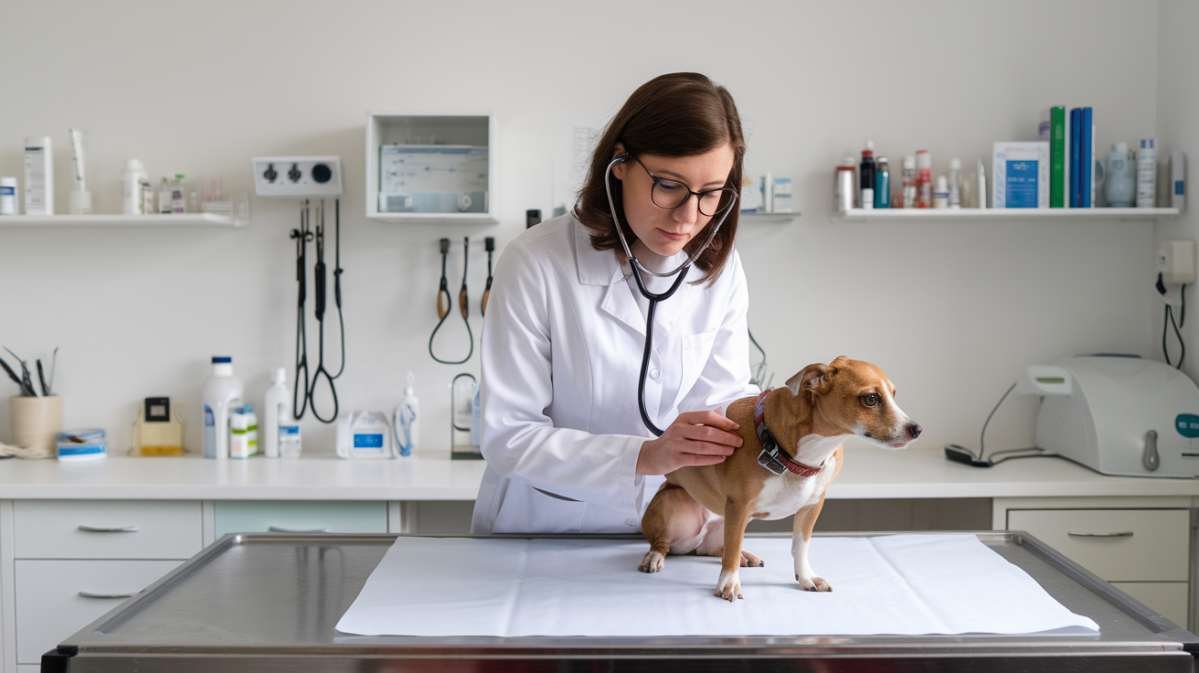
Now that we’ve covered essential supplies and proper feeding, let’s focus on keeping your pet healthy. Maintaining your pet’s health is crucial for their well-being and longevity.
Finding a reputable veterinarian
Selecting the right veterinarian is a critical step in ensuring your pet’s health. Consider the following factors:
- Location and accessibility
- Emergency services availability
- Range of services offered
- Staff qualifications and experience
- Clinic cleanliness and equipment
| Factor | Importance |
|---|---|
| Location | High |
| Emergency services | Critical |
| Service range | Medium |
| Staff qualifications | High |
| Clinic conditions | Medium |
Scheduling regular check-ups
Regular veterinary visits are essential for:
- Early detection of health issues
- Maintaining vaccinations
- Addressing behavioral concerns
- Updating medical records
Keeping vaccinations up-to-date
Vaccinations protect your pet from various diseases. Common vaccinations include:
- Rabies
- Distemper
- Parvovirus
- Bordetella
Recognizing signs of illness
Be alert to these potential indicators of health problems:
- Changes in appetite or water consumption
- Lethargy or unusual behavior
- Vomiting or diarrhea
- Coughing, sneezing, or difficulty breathing
- Unusual lumps or bumps
By prioritizing your pet’s health and veterinary care, you’re setting the foundation for a happy, healthy companion. Next, we’ll explore the importance of exercise and mental stimulation for your pet’s overall well-being.
Exercise and Mental Stimulation
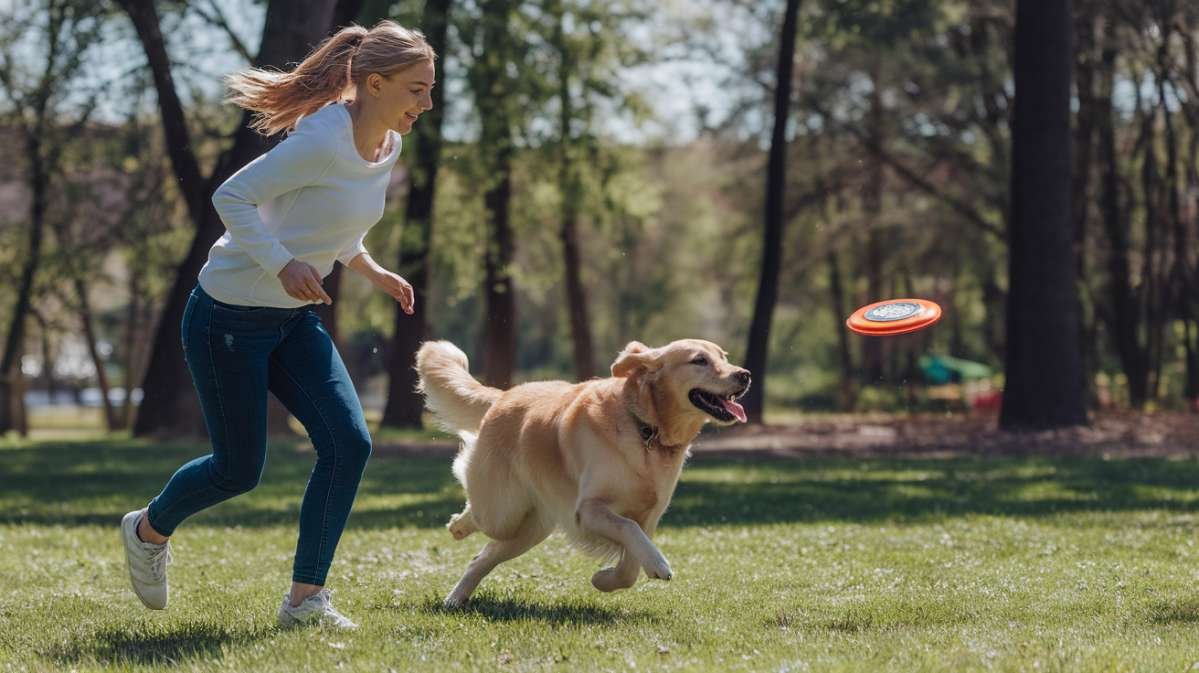
Daily exercise requirements for different pets
Different pets have varying exercise needs based on their species, breed, age, and health conditions. Here’s a general overview:
| Pet Type | Daily Exercise Requirements |
|---|---|
| Dogs | 30 minutes to 2 hours |
| Cats | 15-30 minutes |
| Rabbits | 3-4 hours |
| Hamsters | 20-30 minutes |
| Birds | 1-2 hours outside cage |
Engaging in interactive play
Interactive play is crucial for both physical exercise and mental stimulation. Some effective activities include:
- Fetch games for dogs
- Laser pointer or feather wand toys for cats
- Obstacle courses for small mammals
- Foraging toys for birds
Teaching basic commands and tricks
Training pets enhances their mental agility and strengthens the bond with their owners. Start with these basic commands:
- Sit
- Stay
- Come
- Leave it
Gradually progress to more complex tricks as your pet masters the basics.
Providing environmental enrichment
Environmental enrichment involves creating a stimulating living space for pets. Consider these options:
- Puzzle feeders
- Climbing structures for cats
- Varied textures and materials in enclosures
- Rotating toys to maintain novelty
Implementing these exercise and mental stimulation strategies will contribute to a happier, healthier pet. Next, we’ll explore the importance of grooming and hygiene in maintaining your pet’s overall well-being.
Top 15 Best Cat Toys of 2025 That Will Make Your Feline Purr with Joy!
Grooming and Hygiene
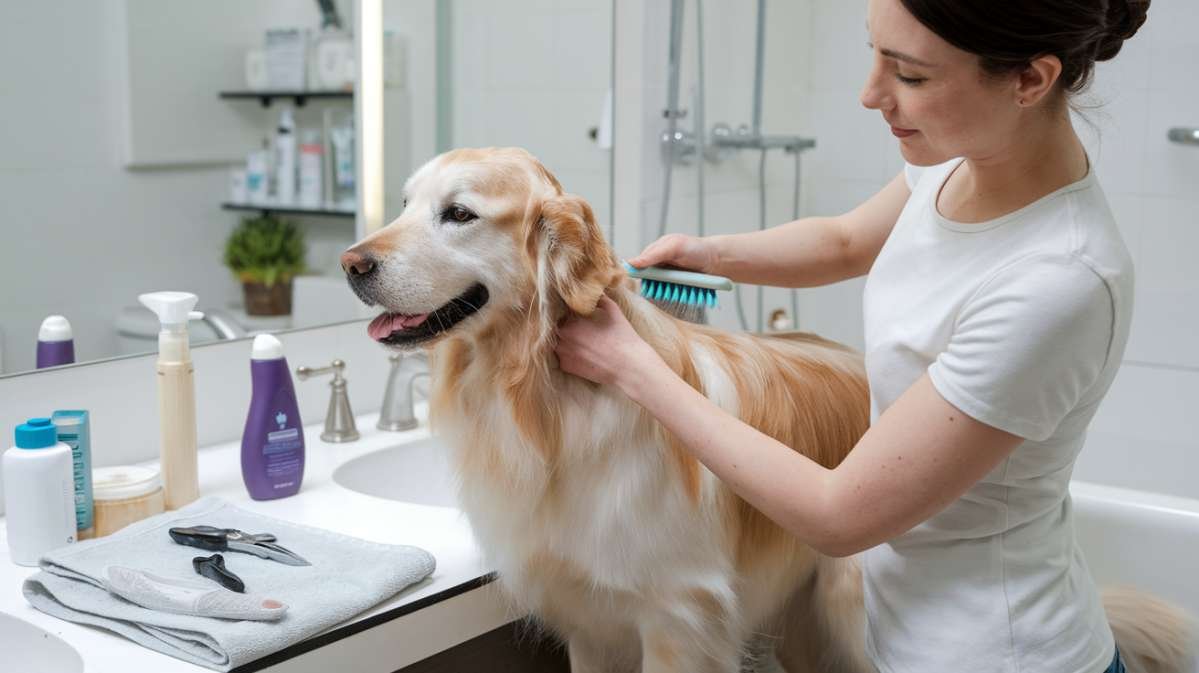
Establishing a regular grooming routine
Establishing a consistent grooming routine is essential for maintaining your pet’s health and appearance. Regular grooming not only keeps your pet looking their best but also provides an opportunity to check for any skin issues, lumps, or parasites.
| Grooming Task | Frequency | Benefits |
|---|---|---|
| Brushing | Daily to weekly | Removes loose fur, prevents matting, distributes natural oils |
| Nail trimming | Every 2-4 weeks | Prevents overgrowth, reduces risk of injury |
| Teeth cleaning | 2-3 times per week | Prevents dental disease, improves breath |
| Ear cleaning | Weekly to monthly | Prevents infections, removes debris |
Bathing your pet safely
Bathing frequency depends on your pet’s breed, lifestyle, and specific needs. Here are some tips for safe bathing:
- Use pet-specific shampoos
- Avoid getting water in ears and eyes
- Rinse thoroughly to prevent skin irritation
- Dry your pet completely, especially in skin folds
Nail trimming and dental care
Proper nail care prevents discomfort and potential injuries. For dental health:
- Use pet-friendly toothpaste and brushes
- Introduce dental care gradually
- Consider dental chews or toys as supplements
Addressing breed-specific grooming needs
Different breeds have unique grooming requirements. For example:
- Long-haired breeds may need daily brushing and regular trims
- Breeds with wrinkles require special attention to skin folds
- Some breeds are prone to ear infections and need more frequent cleaning
Now that we’ve covered grooming essentials, let’s explore the importance of socialization and training in pet care.
Socialization and Training
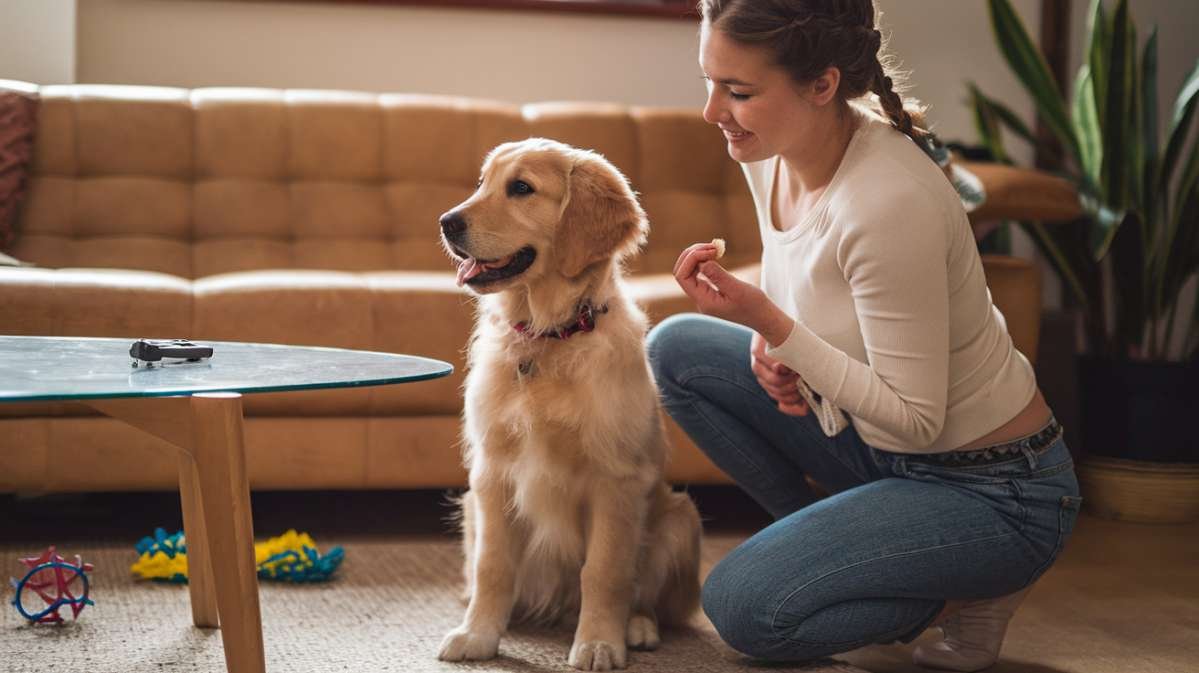
Introducing your pet to new people and animals
Proper socialization is crucial for pets to develop into well-adjusted companions. When introducing your pet to new people or animals, follow these guidelines:
- Start early: Begin socialization as soon as possible, ideally during your pet’s critical developmental period
- Go slow: Allow your pet to approach new individuals at their own pace
- Use positive associations: Pair new experiences with treats or praise
- Monitor body language: Watch for signs of stress or discomfort in your pet
Positive reinforcement techniques
Positive reinforcement is an effective and humane training method. Here’s a comparison of positive reinforcement vs. punishment-based training:
| Positive Reinforcement | Punishment-Based Training |
|---|---|
| Rewards desired behavior | Punishes unwanted behavior |
| Builds trust and confidence | May create fear or anxiety |
| Encourages learning | Can lead to avoidance |
| Strengthens bond with owner | May damage relationship |
Addressing common behavioral issues
Many pets exhibit challenging behaviors that can be addressed through consistent training:
- Excessive barking or meowing
- Chewing or scratching furniture
- House soiling
- Aggression or fear
Considering professional training classes
Professional training classes offer numerous benefits:
- Expert guidance
- Structured learning environment
- Socialization opportunities
- Consistent reinforcement of commands
Now that we’ve covered socialization and training, let’s explore how to create a safe home environment for your pet.
Creating a Safe Home Environment
Pet-proofing your living space
Creating a safe home environment for your pet is crucial for their well-being and your peace of mind. Start by examining your living space from your pet’s perspective. Get down on all fours and look for potential hazards at their eye level. Secure loose wires, remove or secure unstable furniture, and store small objects that could be swallowed out of reach.
Identifying and removing potential hazards
Common household items can pose significant risks to pets. Here’s a list of items to keep away from your furry friends:
- Toxic plants (e.g., lilies, aloe vera, pothos)
- Cleaning supplies and chemicals
- Medications
- Small objects (buttons, coins, etc.)
- Foods harmful to pets (chocolate, grapes, onions)
Setting up designated pet areas
Designate specific areas for your pet’s activities to maintain a safe and organized home:
| Area | Purpose | Essential Items |
|---|---|---|
| Sleeping | Rest and comfort | Bed, blankets |
| Eating | Meals and hydration | Food and water bowls |
| Play | Exercise and entertainment | Toys, scratching posts |
| Bathroom | Waste elimination | Litter box or designated outdoor space |
Ensuring proper ventilation and temperature control
Maintain a comfortable environment for your pet by regulating temperature and air quality. Install pet-safe screens on windows to prevent escapes while allowing fresh air. Use air purifiers to reduce allergens and pet dander. Keep the temperature between 68-78°F (20-26°C) for most pets, adjusting as needed for specific species.
Now that you’ve created a safe home environment, let’s explore the importance of socialization and training for your new pet.
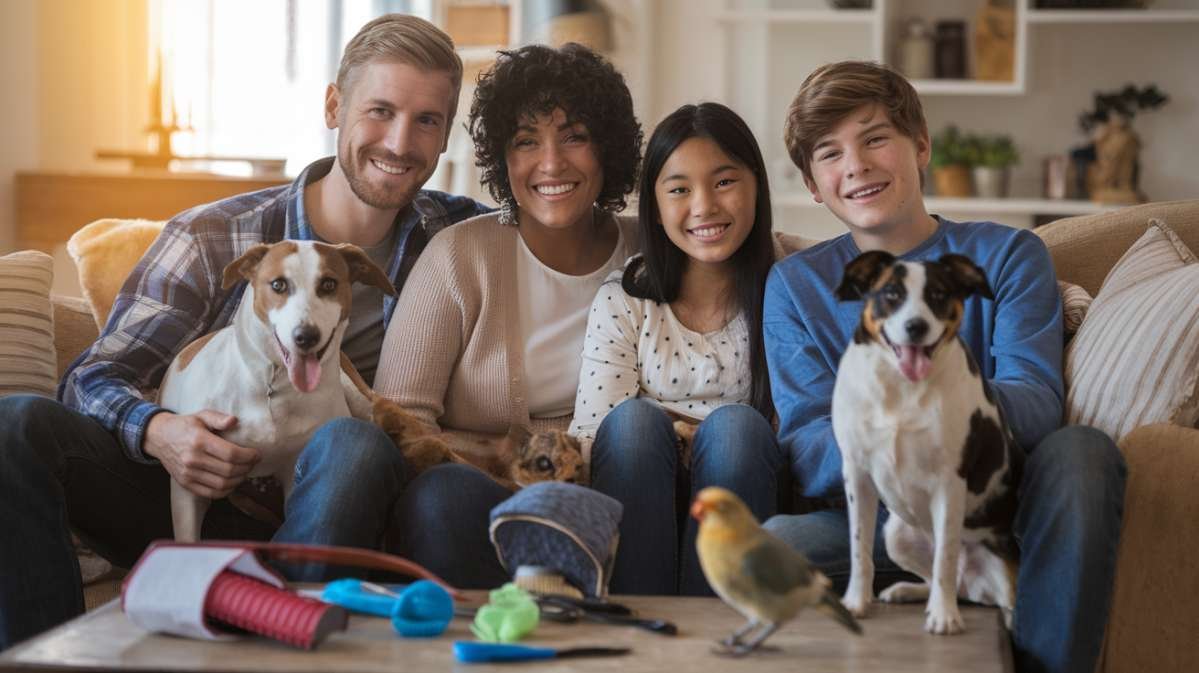
Caring for a pet is a rewarding experience that requires dedication, knowledge, and preparation. From choosing the right animal companion to creating a safe home environment, every aspect of pet ownership plays a crucial role in ensuring a happy and healthy life for your furry friend. Proper nutrition, regular veterinary care, exercise, grooming, and socialization are all essential components of responsible pet care.
By following the guidelines outlined in this beginner’s guide, new pet owners can confidently embark on their journey of companionship. Remember, pet ownership is a long-term commitment that requires ongoing learning and adaptation. As you build a strong bond with your new pet, you’ll discover the immense joy and fulfillment that comes with providing a loving home to an animal in need.

